Joint U.S.-Canada Agency Calls for Big Phosphorus Reductions in Lake Erie
Curbing harmful algal blooms and oxygen-deprived dead zones in the Great Lakes requires pollution to be drastically reduced.
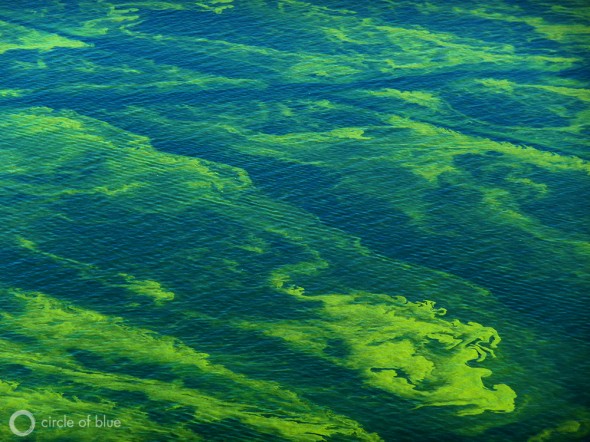
By Codi Kozacek
Circle of Blue
Current phosphorus targets for Lake Erie and its tributaries are not enough to keep the lake from suffering toxic algal blooms and hypoxic dead zones that threaten public health and fisheries, according to a new report released by the International Joint Commission (IJC), a U.S.-Canada agency that oversees the Great Lakes and other transboundary waters.
The report proposes a 46 percent cut in the average annual phosphorus load in Lake Erie’s central and western basins to reduce the hypoxic dead zone, and a 39 percent cut in the average annual phosphorus contributed by the Maumee River to reduce harmful algal blooms.
Just as significantly, the Commission recommended achieving those reductions by applying Public Trust Doctrine legal principles to write and enforce restrictions that have been unattainable using conventional regulation. The Public Trust Doctrine, based on ancient governing and legal principles, establishes the Great Lakes as a “commons,” the conviction held by societies, stretching back thousands of years, that a select group of resources — air, water, hunting grounds, rivers, oceans, lakes — are so vital that they are community assets to be collectively protected and shared.
Once a resource attains such high value, securing its vitality emerges as a basic human right, like liberty. The Joint Commission views the Public Trust Doctrine as a necessary legal tool to update federal and state water pollution statutes, which essentially give cities, industries, and farmers the authority to pour specific amounts of contamination into the lakes. The U.S. Clean Water Act, in fact, largely exempts farms, the most important source of phosphorous, from regulations that would limit phosphorous pollution. By declaring the Great Lakes as a “commons,” the newly-applied doctrine could give governments fresh authority to protect waters from any source that would cause harm.
“Functionally, the public trust guarantees each person as a member of the public the right to fish, boat, swim, and recreate in Lake Erie, and to enjoy the protection of the water quality and quantity of these waters, free of impairment,” said FLOW, an environmental organization in Traverse City, Michigan that has played a crucial role in promoting use of the Public Trust Doctrine to clean up the Great Lakes. “The effects of harmful algal blooms – from “dead zones” that suffocate aquatic species, to toxic secretions that close beaches and pose health hazards to boaters, fishers, and swimmers – are clear violations of the public trust. Thus, as sworn guardians of the Great Lakes waters under the public trust, the states have a duty to take reasonable measures to restore the water quality and ensure that the public can fully enjoy their protected water uses.”
Jim Olson, attorney and founder of FLOW who has been practicing environmental and water law for 40 years, said the IJC report is a significant acknowledgement of the role the public trust doctrine can play in protecting the Great Lakes.
“The IJC is being sound and thorough in science, pragmatic in the necessity for a new approach, and profoundly visionary by moving us to the public trust principles as a compliment to the existing legal framework,” he told Circle of Blue. “So if that framework is failing, because parties can’t agree or states can’t ask for a phosphorus limit, the citizens and the IJC can step in an demand it be done because of this legal obligation on the part of the states and provinces.”
Phosphorous is clearly harming the Great Lakes. Lake Erie experienced its largest algal bloom ever in the summer of 2011. Toxic blooms in the fall of 2013 shut down an Ohio drinking water plant for the first time in state history. Algal blooms also are inundating the shores of Lake Michigan near Green Bay in Wisconsin, and along the shores of Sleeping Bear Dunes National Lakeshore in northern Michigan, a region that ABC TV’s Good Morning America declared in 2011 to be “the most beautiful place in America.”
Phosphorus is the driving factor behind both the algal blooms and the hypoxic dead zone, say scientists. Excessive amounts of the nutrient encourage algal growth. When large blooms die and decompose, they suck up oxygen from the surrounding water. This creates dead zones, where oxygen content is so low that fish and other organisms can’t survive.
Both problems were especially severe in Lake Erie in the 1960s, leading the U.S. and Canada to set targets for the amount of phosphorus entering the lake. The current target amount is 11,000 metric tons annually for the whole lake. Annual phosphorus loadings have mostly been below this target since the mid-1980s. Nonetheless, the resurgence of algal blooms and dead zones has prompted calls for a reassessment of phosphorus targets.
To achieve the necessary reductions, the IJC report gives specific recommendations to state and federal governments in both countries. The recommendations focus on reducing phosphorus from the agricultural industry—which has been largely overlooked by laws governing water pollution—and on reducing dissolved reactive phosphorus, a type of phosphorus that is more available to algae. The recommendations include:
- Listing Lake Erie as an impaired waterway under the United States’ 1974 Clean Water Act. The designation would allow the U.S. Environmental Protection Agency and state regulatory agencies to set a Total Daily Maximum Load for the lake and its tributaries with legal requirements for nutrient reductions.
- Establishing Lake Erie within a public trust framework in both the United States and Canada to take advantage of common law protections of the lake as a resource for fishing, shipping and water.
- Expanding incentive-based programs encouraging farmers to adopt practices that reduce phosphorus, and create restrictions on when and how fertilizer is applied to farm fields.
- Banning phosphorus fertilizers for lawn care.
- Increasing the amount of green infrastructure in cities.
- Expanding monitoring programs for water quality in the Lake Erie basin.
The report will be transmitted to governments in the U.S. and Canada, but the IJC does not have the authority to take further action.
“The report shows the urgent need for the governments to take action,” Lyman Welch, director of the water quality program for the Chicago-based Alliance for the Great Lakes, told Circle of Blue. “Voluntary measures have not been able to address this problem today.”
In the 1970s the Clean Water Act helped address the nutrient load from point sources, and was largely successful in reducing the nutrients flowing into Lake Erie. But non-point runoff, the pollution that flows off the land, is not addressed very well by the Clean Water Act requirements, he added.
“The report gives several steps that can be taken by state and fed governments in the United States and Canada to address agricultural pollution in Lake Erie. We hope that the U.S. and Canada act on these recommendations by the IJC expeditiously to address a serious problem.”
A news correspondent for Circle of Blue based out of Hawaii. She writes The Stream, Circle of Blue’s daily digest of international water news trends. Her interests include food security, ecology and the Great Lakes.
Contact Codi Kozacek

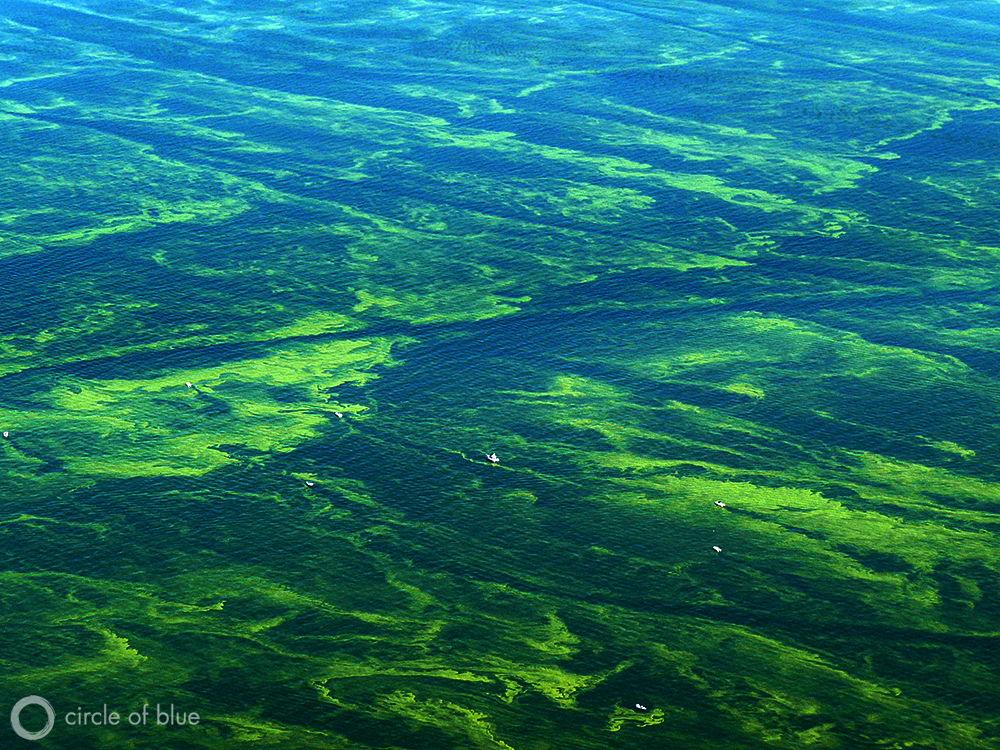
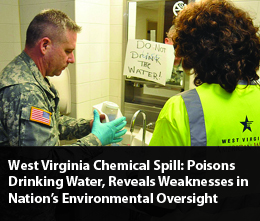

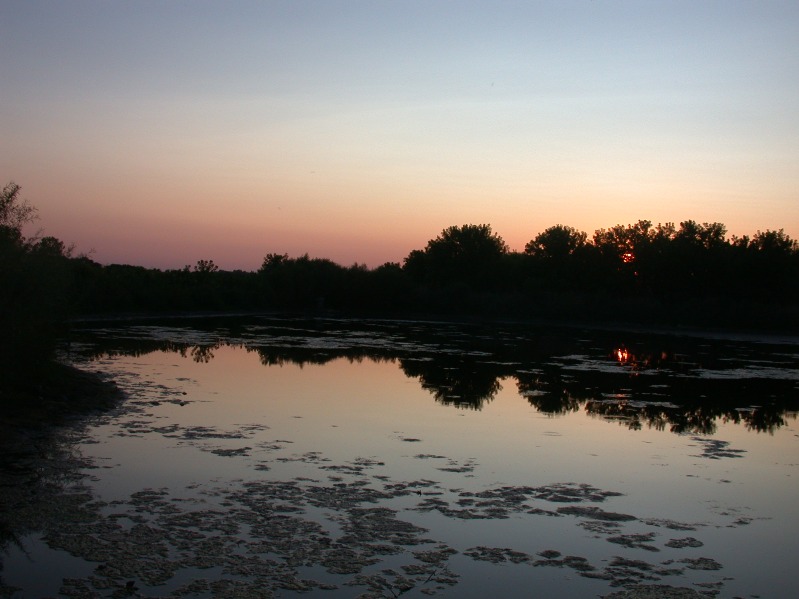

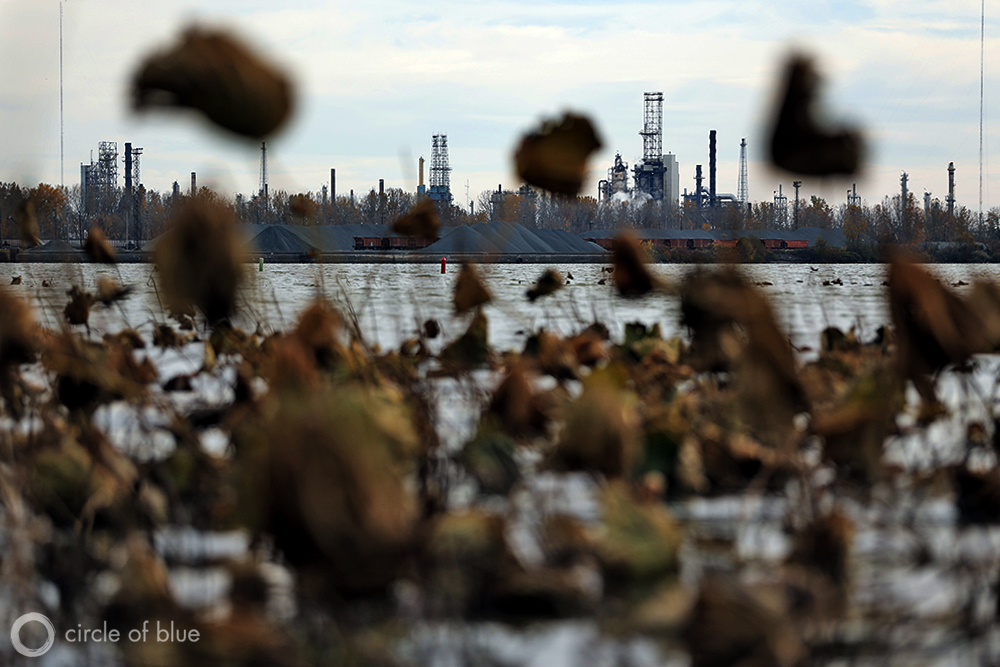

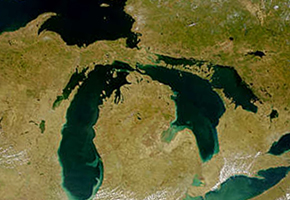

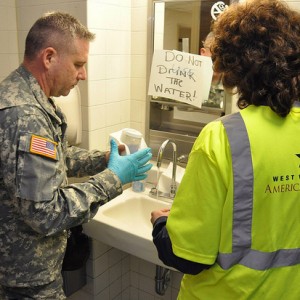
Leave a Reply
Want to join the discussion?Feel free to contribute!